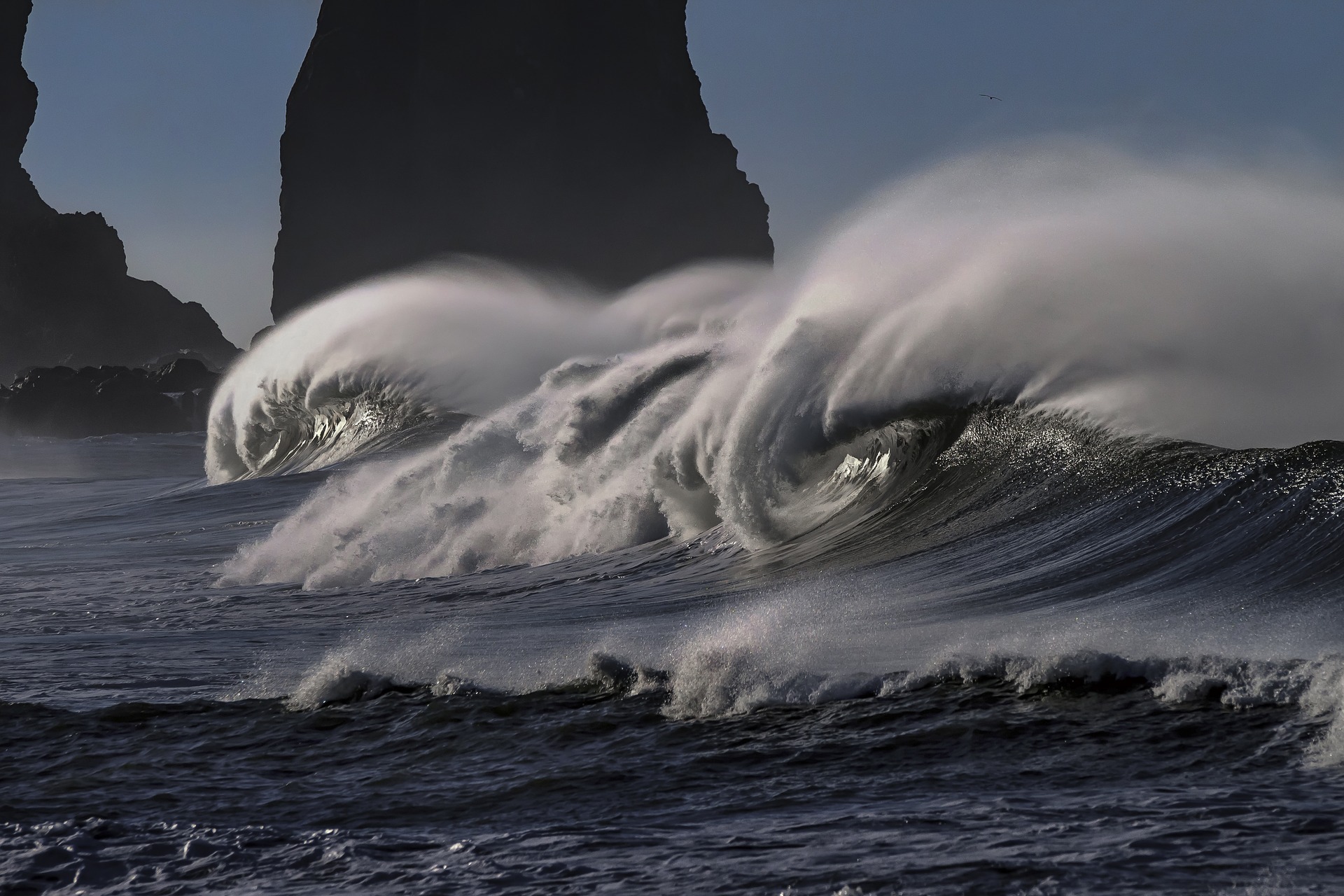As far back as ancient Egypt and the Roman Empire, water power was used to drive working machines, including mills. In the Middle Ages water mills were used in Europe in sawmills and pulp and paper mills. Since the end of the 19th century, water energy has been used to generate electricity.
Since very ancient times man has used the energy of water and wind, in addition to burning fossil fuels. Such energy, converted into mechanical energy, was used to operate various devices and appliances.
The source of kinetic energy of water and wind is solar energy. The flow of rivers and the movement of air masses are also caused by the Sun. That is, the network of water and wind energy is transformed energy. At the present stage of human development the kinetic energy of falling and flowing water is used to generate electricity. At the end of the twentieth century, hydroelectric power accounted for 21% of the world’s electricity production. In Russia, as of 1997, 19% of electricity production was from hydroelectric power plants. In Norway, electricity is produced entirely by hydropower.
Water energy – hydropower – is a renewable natural resource, the obvious advantage of which is that it does not pollute the environment. However, along with the positives, hydropower also has negative aspects.
The advantages of hydropower include the fact that many countries have a large number of sites for hydropower plants. The efficiency of hydroelectric power plants is very high, ranging from 85 to 95 percent. In addition, hydropower plants operate at full capacity 95% of the time. In comparison, thermal power plants operate 65% of the time and nuclear power plants 55% of the time; they are more often shut down for maintenance and repairs. Hydropower plants do not pollute the environment or the atmosphere. Hydropower plants have a much longer service life than thermal power plants and nuclear power plants. In addition, hydropower plants provide a fairly low cost of production and maintenance.
The disadvantage of hydropower is that the resources of the vast majority of industrialized countries are almost exhausted, and the increase in hydropower generation is carried out at the expense of small hydropower plants. In addition, transporting electricity over long distances will make it more expensive and wasteful. Another disadvantage of hydropower is that the construction of hydropower plants on lowland rivers with slow flow requires the construction of dams and the construction of large reservoirs, and this requires a large investment of capital. Reservoirs and dams provide an opportunity to control floods, as well as to regulate their flow, their construction entails a number of problems. The consequence of the construction of large dams and reservoirs is the flooding of vast areas, which results in withdrawal of the most fertile land above the dam from the agricultural sector. And the absence of floods leads to a decrease in the fertility of land below the dam. In addition, this results in the destruction of wildlife habitat. Historically, river banks are the most populated areas. The construction of reservoirs results in the relocation of large numbers of people and the displacement of cultural monuments where possible. When dams are built, the natural migration routes of many species of organisms are blocked. Organic matter left at the bottom of reservoirs contributes to eutrophication of water, enriching it with biogens. Evaporation of water from a large surface area has an impact on the climate of territories adjacent to the reservoir. Another problem with the construction of reservoirs is the danger of provoking seismic events as a result of the concentration of large masses of water on the surface of the earth. The regulation of rivers results in the reduction of some species of living organisms and the population explosion of others. For example, the cessation of Nile spills as a result of the construction of the Aswan Dam caused an increase in the population of snails, which infect people with schistosomiasis.



